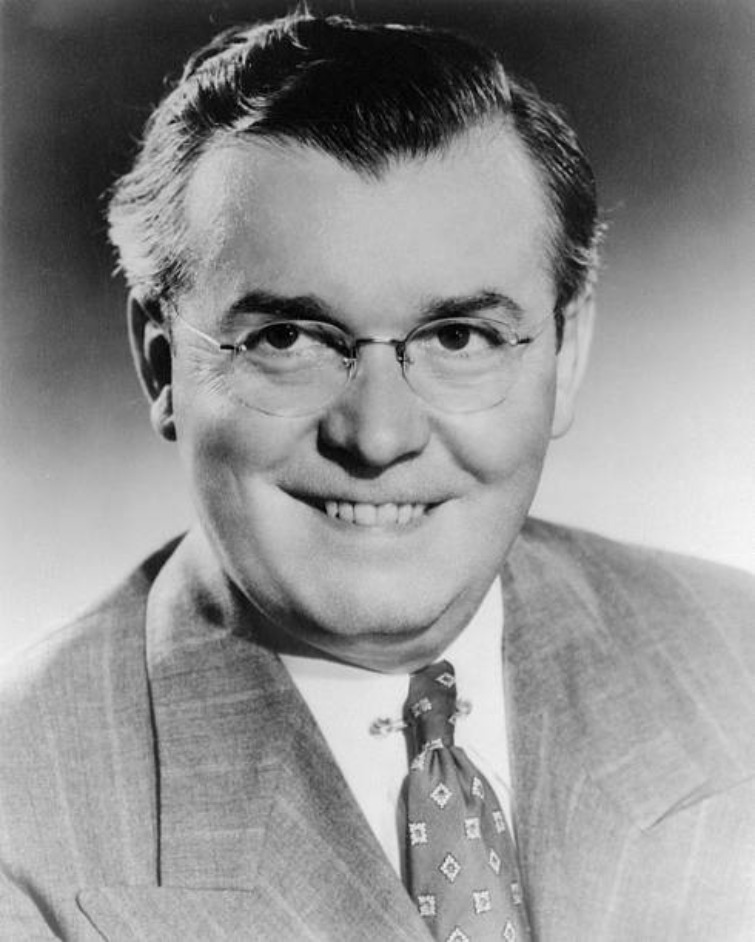Thomas A. Burke
Thomas Aloysius Burke | |
|---|---|
 | |
| United States Senator from Ohio | |
| In office November 10, 1953 – December 2, 1954 | |
| Appointed by | Frank Lausche |
| Preceded by | Robert A. Taft |
| Succeeded by | George H. Bender |
| 48th Mayor of Cleveland | |
| In office January 1, 1946 – December 31, 1953 | |
| Preceded by | Frank Lausche |
| Succeeded by | Anthony J. Celebrezze |
| Personal details | |
| Born | October 30, 1898 Cleveland, Ohio, U.S. |
| Died | December 5, 1971 (aged 73) Cleveland, Ohio, U.S. |
| Political party | Democratic |
| Alma mater | Holy Cross Case Western Reserve |
Thomas Aloysius Burke (October 30, 1898 – December 5, 1971) was an American Democratic Party politician from Ohio. He served as the 48th mayor of Cleveland, Ohio and in the United States Senate from November 10, 1953 until December 2, 1954. Cleveland Burke Lakefront Airport is named after him.
Biography[]
Burke was born in Cleveland, Ohio on October 30, 1898. During World War I, Burke served in the United States Army.[1] In 1920, he graduated from the College of the Holy Cross and in 1923, he graduated from Western Reserve University School of Law[2]
In 1930, he became as assistant county prosecutor. In 1937, the Ohio Attorney General, Herbert S. Duffy commissioned an investigation of an election fraud case in Lawrence County, Ohio. Burke was appointed as the special counsel to prosecute the case of six people accused of breaking into the election board and tampering with votes for the county commissioner's race.[3]
In 1941, Burke became the Director of Law for Cleveland, the city's chief legal advisor. With the election of Frank Lausche as Governor of Ohio in 1944, Burke, as law director, was first in the line of succession to replace him.[4] Burke has to stand for re-election in his own right later in 1945, defeating Ray C. Miller with nearly 68% of the vote.[5]
In 1947, Burke faced off against Eliot Ness, the former Treasury agent who pursued Al Capone and later became the Cleveland Director of Public Safety. Despite Ness’ fame, Burke won re-election in a second landslide with more than 66% of the vote and a majority of more than 80,000 votes.[6] Burke went on to win two more times, in 1949 and 1951.
On October 12, 1953, Governor Frank Lausche appointed Burke to succeed Robert A. Taft, who died of cancer on July 31, 1953, in the United States Senate. Burke took Taft's seat on November 10, after his term as mayor ended.[7] Burke ran against George H. Bender in the 1954 special election to serve out the remainder of Taft's term. Burke was defeated by only 7,070 votes and demanded a recount, which narrowed Bender's margin, but did not overturn the results.[8][9]
In 1947, the United States Army Corps of Engineers completed a retaining wall and landfill, the city completed work on a 3,600-foot dirt runway and opened its new downtown airport to air traffic.[10] Burke was credited with improvements at the site over the years and, in 1960, Municipal Airport was renamed Burke Lakefront for the former mayor.[11]
After his defeat, Burke resumed the practice of law forming the influential Cleveland law firm of Burke, Haber and Berick (now McDonald Hopkins Burke and Haber).
Personal life[]
Burke was married to Josephine (Lyon) Burke and had two daughters. He died of undisclosed causes on December 5, 1971, at St. Vincent Charity Medical Center in Cleveland, where he'd been admitted the day before.[12] He was buried at Calvary Cemetery in Cleveland.[13]
References[]
- ^
- United States Congress. "Thomas A. Burke (id: B001099)". Biographical Directory of the United States Congress.
- ^ "Encyclopedia of Cleveland History, Thomas A. Burke". Case Wester Reserve University. Retrieved 2020-05-27.
- ^ "River County Agog Over Trial Of Four Charged With Vote Irregularity". Cincinnati Enquirer. 1937-06-20.
- ^ "Cleveland City Charter" (PDF). City of Cleveland. Retrieved 2020-05-27.
- ^ "Burke, A Democrat Wins in Cleveland". New York Times. 1945-11-07.
- ^ "Upsets in Cities of Ohio". New York Times. 1947-11-06.
- ^ "Lausche Appoints Burke, Democrat, as Taft Successor". New York Times. 1953-10-13.
- ^ "Bender is Certified as Ohio Senator". New York Times. 1954-12-08.
- ^ "Defeated Senator Asks Ohio Recount". New York Times. 1954-11-11.
- ^ "Burke Lakefront Airport, the Landfill Airport". Cleveland Historical. Retrieved 2020-05-27.
- ^ "Vintage Cleveland: A look back at Burke Lakefront Airport". The Plain Dealer. 2016-08-12.
- ^ "Burke, 73, Dies". The Plain Dealer. December 6, 1971. pp. A1, A6.
- ^ "Death Notices". The Plain Dealer. December 7, 1971. p. D8.
- The Encyclopedia Of Cleveland History by Cleveland Bicentennial Commission (Cleveland, Ohio), David D. Van Tassel (Editor), and John J. Grabowski (Editor) ISBN 0-253-33056-4
- Burke Lakefront Airport History: http://www.burkeairport.com/About/History.aspx
- 1898 births
- 1971 deaths
- People from Cleveland
- Democratic Party United States senators from Ohio
- Mayors of Cleveland
- Presidents of the United States Conference of Mayors
- 20th-century American politicians
- College of the Holy Cross alumni
- Case Western Reserve University School of Law alumni
